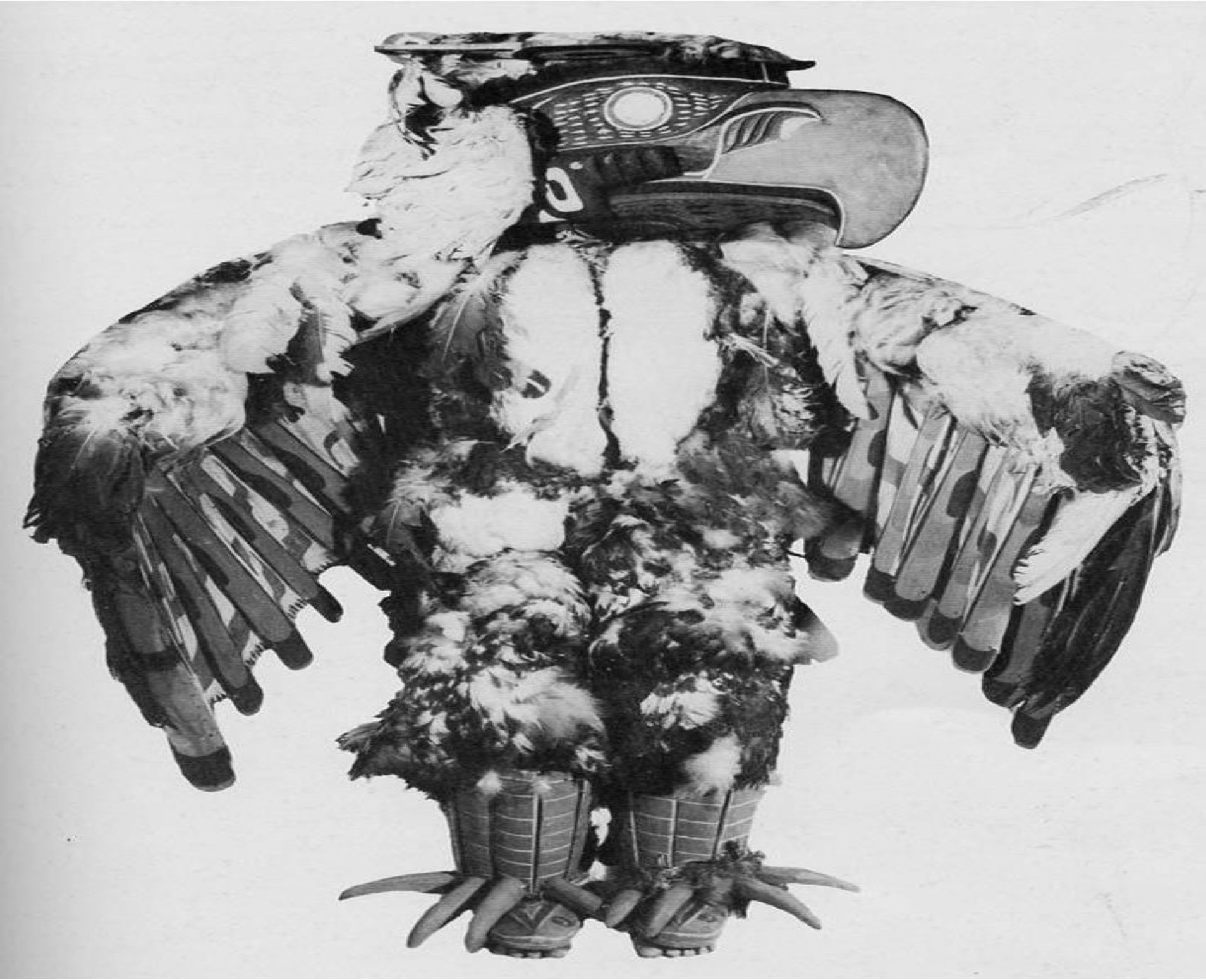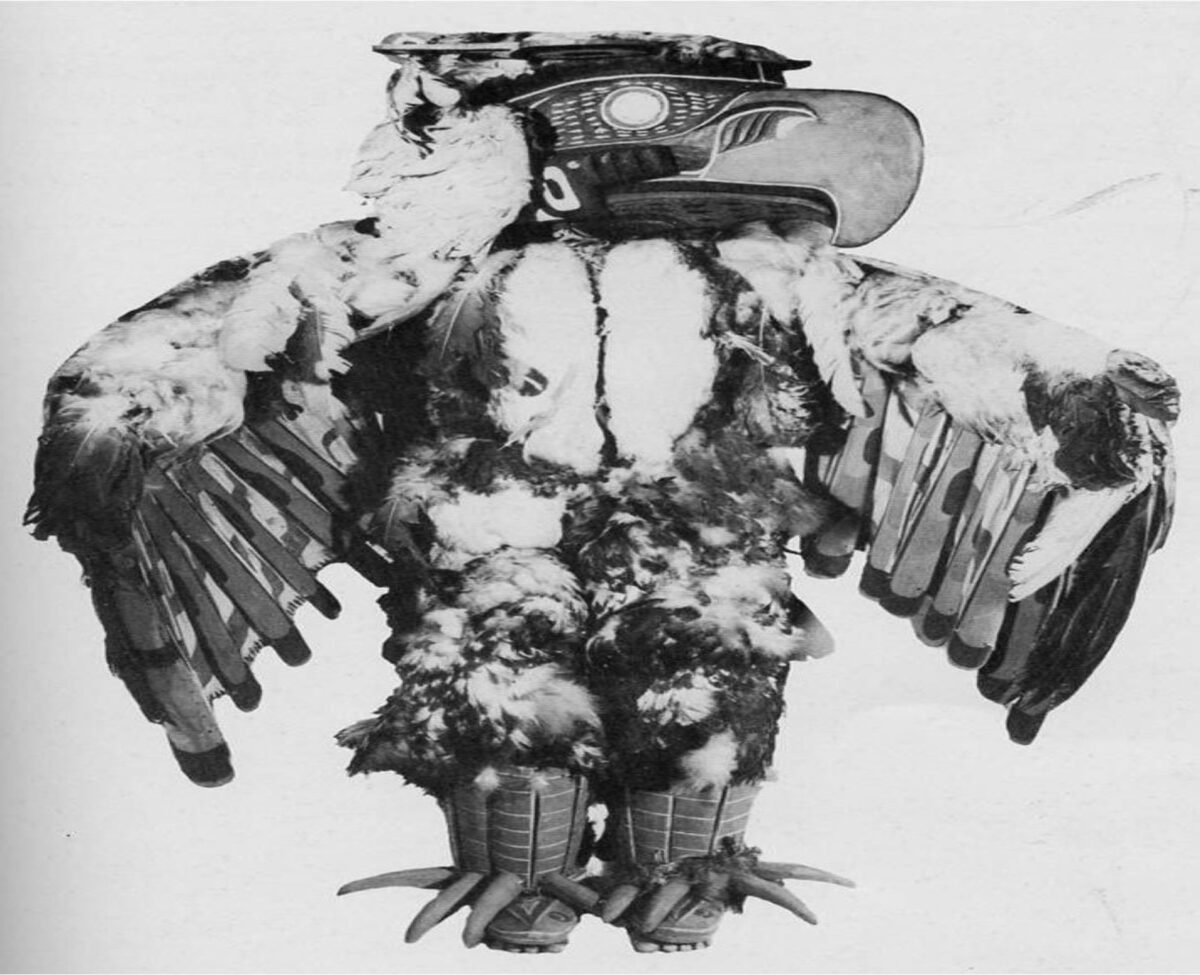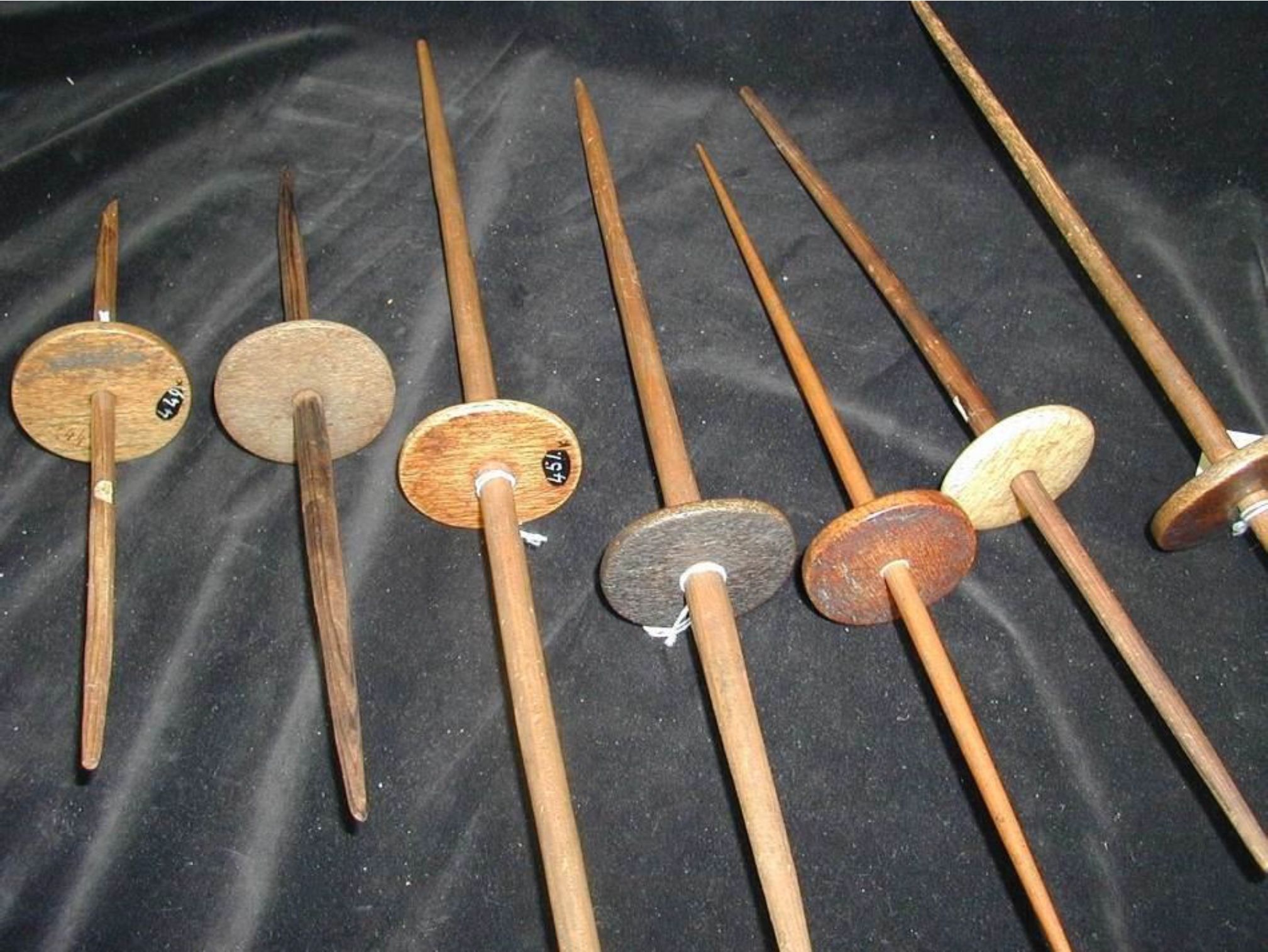
By Grant Keddie. March 2023. Introduction The rigid distinction between culture and nature in historic western societies did not exist in Indigenous cultures. Animals were not just sources of food and raw materials but intelligent sentient beings as conscious and capable of understanding as humans and as capable in undertaking planned intentional activities. Symbolic presentations of animals or supernatural beings in both material artifacts and mythology, such as Thunderbird in his various transformations, are about relationships between what we see as the social world and natural world. In the indigenous cosmologies beings such as Thunderbird play a role as active participants in ecological relationships. Anthropologist Franz Boas felt that myth adjusts to the world and that it supports existing institutions … Continue reading “Spindle Whorls in British Columbia Part 4. Thunderbird and Lightening Snake Iconography”





